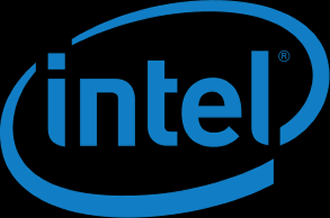 Hon Hai Precision Industry has tied up with flat panel maker Innolux and is investing $2.8 billion in a panel producing plant in Taiwan.
Hon Hai Precision Industry has tied up with flat panel maker Innolux and is investing $2.8 billion in a panel producing plant in Taiwan.
Hon Hai is desperately trying to find new revenue streams which do not depend on the fruity themed cargo cult, Apple. Earlier this year it bought stakes in a Taiwanese mobile network provider and a South Korean IT services provider.
Under the plan, the pair will buy equipment for the facility located in the southern city of Kaohsiung and which is expected to start production in the second half of 2016.
The plant, which will make low-temperature polysilicon panels, predominantly for use in smartphones, was built in 2008, but was mothballed due to financial constraints after the 2008 global financial crisis.
The plans are still awaiting final approval from the boards of both companies, but it seems likely that Hon Hai will stump up for the majority of the cash. The Innolux representative said the investment may take the form of a new joint-venture company.
Hon Hai already holds a nine percent stake in Innolux though its various subsidiaries. It is all a little mysterious dot com.







